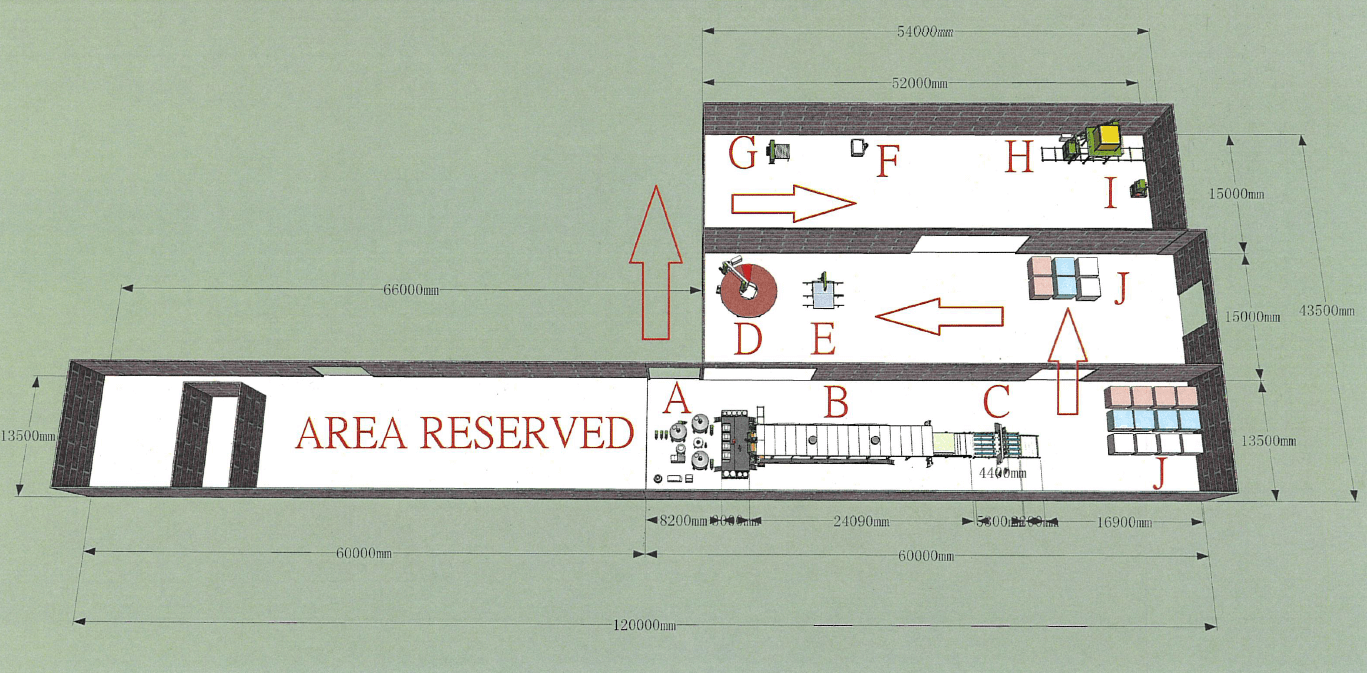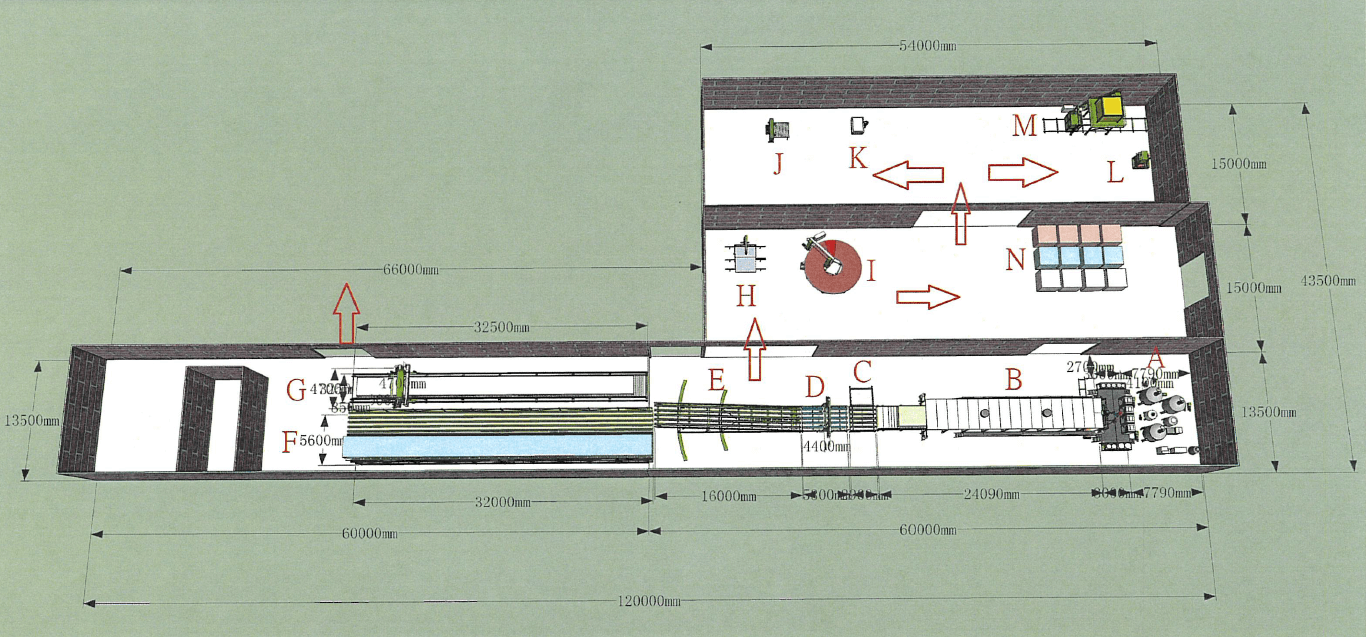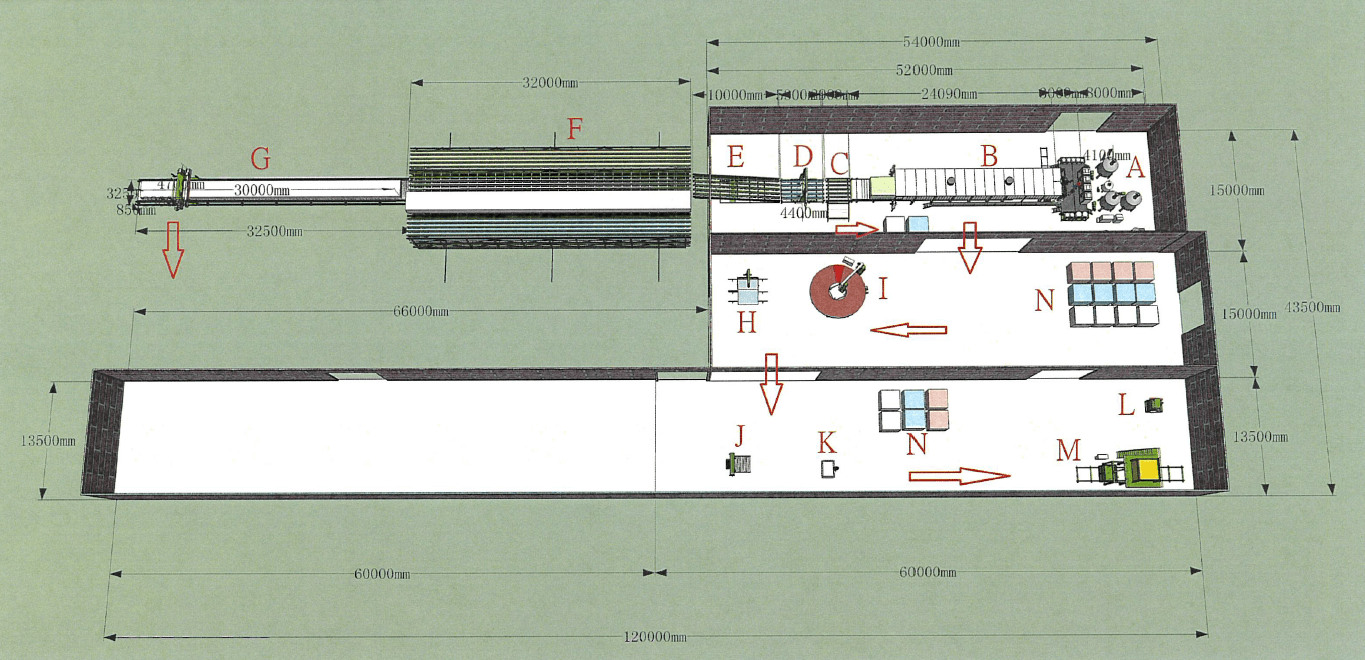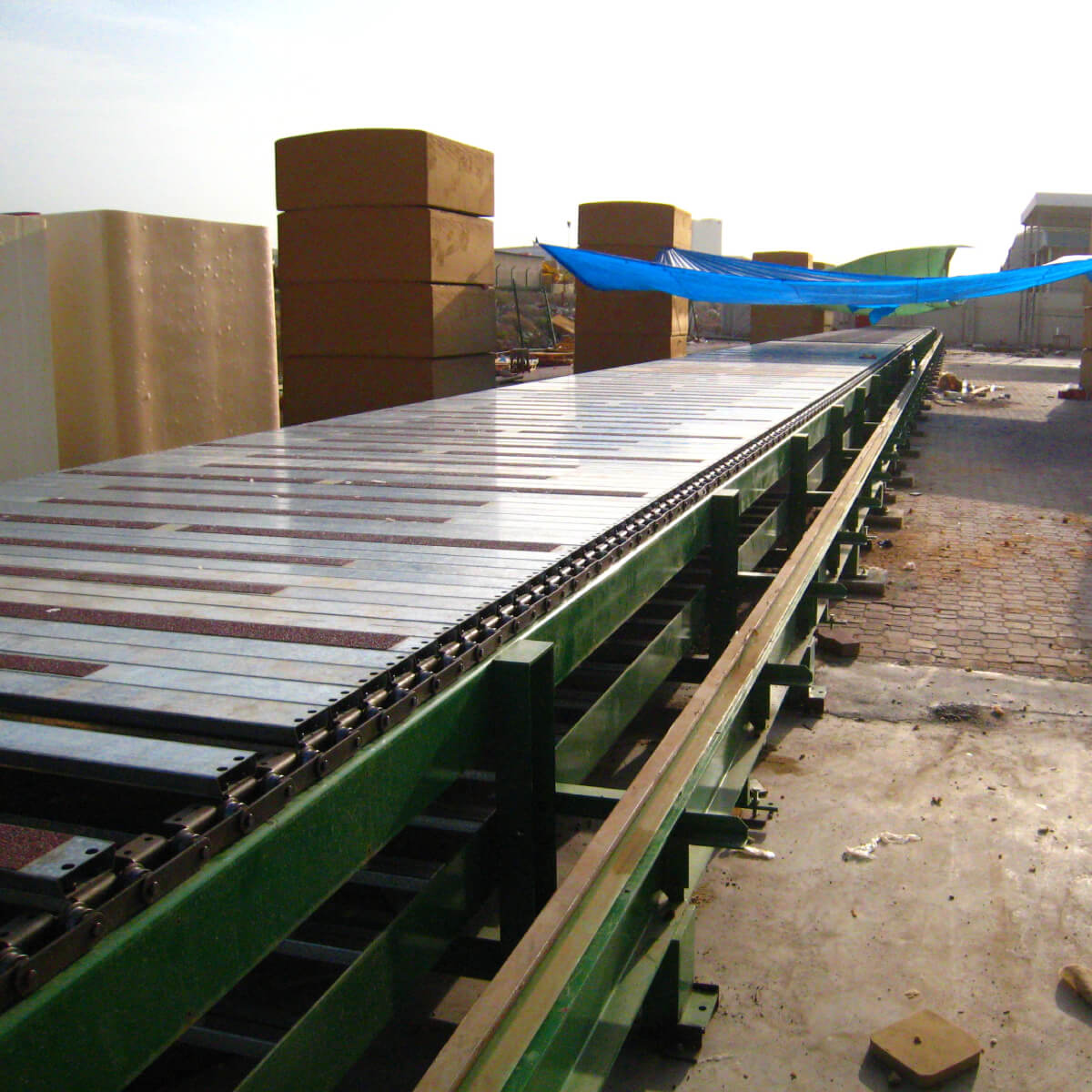(4 min read)
How a Sunkist Plant Technician Provides Solutions
The client came to us with plans for his factory already in construction. “This is my plot of land,” he said, “and here is the work space. The green space is left for trucks and cars of course, and this corridor right here is reserved for a project I have in mind for the future.”
He wanted to know if we can plan out a turnkey foaming plant in this space.
This is often where our plant technicians have to begin. The job may look easy: there’s a rectangular space left split into three corridors. Put a foaming machine in one corridor, cutting machines in the second, and further processing machines in the last and call it a day.
But for our consultants, the Sunkist promise doesn’t stop at “easy.”
The Easy Way Out
Harry, our technician on this case, began by ascertaining our client’s expectations. What would he like this plant to be capable of? “As much as possible,” was the client’s answer. He has the client base, so the more foam he could produce, the better.
Harry worked within the client’s restrictions to model the first plan, pictured above. First, a continuous foaming machine would use the length of the room given. Foam blocks could be stored for curing at the two sites J, then moved up to the middle corridor for cutting. Finally, some outside space could be utilized to maneuver the foam up to the final corridor, where processing machines finish them into end products. Cutting scraps can also be easily transported between the top and middle corridors for chipping and rebonding.
Then Harry told our client, “but we can do better.”
Stepping It Up
Optimizing the layout of your foaming plant is such an integral, yet often overlooked step of the machine-buying process. For instance, Harry identified one major issue with the first layout—have you spotted it?
That’s right. The client would not be able to manufacture foam blocks any longer than 2 meters.
This is a manageable, but severe limitation on the product output of the factory. Our client may not be too concerned now, since he’s used to foam processing on a smaller scale, but Harry knew that Sunkist could not only save on the client’s future costs, but also maximize the client’s projected future yield. He provided plans accordingly.
The second plan: let’s look at all the possibilities that open up, when we’re able to use the reserved space.
Now this is how our client can get the most out of a continuous foaming machine. By installing storage racks in the space reserved, Harry gave the client so many more options. The 2×3 rack can store six 30-meter blocks per foaming run, not to mention the additional short block storage in area N. An automated pivot rack (E) makes slabstock storage easy. A long sheet cutter (G) installed on the rack expands the client’s product portfolio.
Harry also took particular care to add a 90-degree turn-table (C) in the foaming conveyor line, as well as recommend our guillotine-style block cutter (D) that provides a smooth finish. Why? Well this way, Harry said, when the client wants to cut the cured slabstock into blocks, he only has to reverse the conveyor direction on the foaming line. By using the same block cutter for fresh and cured foam, the client saves on both space and the cost of an additional vertical cutting machine. The turn-table allows for easy block removal.
One More Possibility
We’re not finished yet. We can still maximize yield, Harry said, even while keeping the bottom corridor space reserved. We just have to think outside the box.
Or rather, outside the factory. How about we put rack storage outside?
After some research into local weather conditions, Harry determined it’s entirely possible to set up a 4×3 rack storage on the plot of land outside the foaming plant. We’ll flip the flow of everything on the inside, he told the client, and install the storage rack on tracks. This way, horizontal machine motions are all outside the limited indoor space.
What’s the difference between curing short blocks and long blocks? Between six slabstock blocks and twelve? By our estimation, 6-12 meters, due to the nature of foam shrinkage. In other words, on the same runtime, the second plan would yield 6 more meters of foam than the first plan, and the third plan would yield 12 more meters.
And there we have it: an examination of our plant technician’s approach to planning out a turnkey solution. A consultation from us means highly customized options that take into consideration both your short-term and long-term goals. With our expertise, we pave the path for your foaming plant’s success well into the future.



